Introduction
The digital revolution has introduced several groundbreaking innovations, but one of the most transformative technologies today is the Digital Twin Ecosystem. This concept involves creating virtual replicas of physical objects, systems, or processes, enabling real-time monitoring, simulation, and optimization.
From smart cities to industrial manufacturing, healthcare, and even environmental sustainability, digital twins are revolutionizing decision-making, efficiency, and predictive analysis. In this article, we will explore what a Digital Twin Ecosystem is, how it works, its applications across various industries, challenges, and its future potential.
What is a Digital Twin Ecosystem?
A Digital Twin Ecosystem is an interconnected network of digital twins working together to replicate and analyze real-world environments. Unlike a single digital twin, which represents an individual object or system, an ecosystem comprises multiple digital twins that interact and share data within a larger digital framework.
Key characteristics of a Digital Twin Ecosystem include:
- Real-time data synchronization – Continuous updates between the physical and digital worlds.
- AI and machine learning integration – Predictive analytics for better decision-making.
- Cross-industry applications – Used in healthcare, manufacturing, energy, and urban planning.
- Cloud and IoT connectivity – Seamless communication between digital and physical entities.
- Simulation and scenario testing – Virtual analysis of potential real-world situations.
How Does the Digital Twin Ecosystem Work?
The Digital Twin Ecosystem functions by integrating multiple technologies to create a synchronized, data-driven digital representation of real-world assets. The key components of this system include:
1. Physical Assets or Systems
Real-world objects such as machinery, buildings, supply chains, or entire cities serve as the foundation for digital twins.
2. Sensors and IoT Devices
Embedded sensors collect real-time data from physical assets, including temperature, pressure, vibration, energy usage, and more. IoT (Internet of Things) connectivity ensures seamless data transfer between physical and digital systems.
3. Data Processing and AI Analytics
Artificial intelligence (AI) and machine learning (ML) process the collected data, enabling predictive maintenance, operational insights, and automated decision-making.
4. Simulation and Visualization Tools
Advanced software, including AR/VR (Augmented and Virtual Reality), allows for real-time visualization of digital twins. Engineers and decision-makers can interact with digital models, test scenarios, and optimize performance.
5. Cloud and Edge Computing
Cloud platforms store and process vast amounts of data, while edge computing ensures faster real-time responses by processing information closer to the source.
6. Cybersecurity Framework
To protect data integrity, digital twins rely on robust security measures, including blockchain technology, encryption, and access control mechanisms.
Applications of the Digital Twin Ecosystem
1. Manufacturing and Industry 4.0
Digital twins enhance smart manufacturing by providing:
- Predictive maintenance – Prevent machine failures and reduce downtime.
- Process optimization – Improve production efficiency and reduce costs.
- Supply chain monitoring – Real-time tracking of materials and logistics.
2. Smart Cities and Urban Planning
Cities are using digital twins to optimize infrastructure and services, including:
- Traffic management – Predict congestion and optimize transportation systems.
- Energy consumption analysis – Improve efficiency in buildings and public utilities.
- Disaster management – Simulate and plan responses to natural disasters.
3. Healthcare and Medical Research
In medicine, digital twins are transforming patient care and drug development:
- Personalized medicine – Virtual patient models for customized treatments.
- Medical device testing – Simulations of new medical equipment before real-world deployment.
- Hospital operations – Optimization of workflows for better patient outcomes.
4. Energy and Sustainability
Digital twins help optimize energy production and reduce environmental impact:
- Smart grids – Real-time monitoring of electricity distribution networks.
- Wind and solar farm optimization – Predict energy output and improve efficiency.
- Carbon footprint tracking – Measure and reduce greenhouse gas emissions.
5. Aerospace and Defense
Digital twins are widely used in aviation and defense industries:
- Aircraft maintenance – Predict mechanical failures and optimize fuel usage.
- Mission simulations – Train pilots using virtual models of real-world conditions.
- Cybersecurity monitoring – Detect and prevent digital threats.
6. Retail and E-Commerce
Retailers leverage digital twins to enhance customer experiences and optimize operations:
- Virtual store layouts – Simulate and test store designs before implementation.
- Inventory management – Predict demand and optimize stock levels.
- Customer behavior analysis – Improve marketing strategies using digital models.
Challenges in Implementing the Digital Twin Ecosystem
1. High Implementation Costs
Developing a fully integrated digital twin ecosystem requires substantial investment in IoT sensors, AI, cloud computing, and cybersecurity.
2. Data Security and Privacy Concerns
With vast amounts of real-time data being exchanged, protecting sensitive information from cyber threats is a major challenge.
3. Integration Complexity
Connecting digital twins across different industries, platforms, and data sources requires seamless interoperability, which can be difficult to achieve.
4. Scalability Issues
Expanding the Digital Twin Ecosystem across multiple sectors requires robust infrastructure, which not all organizations can afford.
5. Skill Gaps and Workforce Training
Companies must train employees to understand and operate digital twin technology effectively.
The Future of the Digital Twin Ecosystem
Despite the challenges, the future of digital twins is incredibly promising. Advancements in AI, IoT, blockchain, and cloud computing are paving the way for even more sophisticated, self-learning digital twins that will enhance automation, sustainability, and efficiency.
Predictions for the next decade include:
- Autonomous Digital Twins – AI-powered twins that self-optimize and self-heal.
- Widespread Adoption in Healthcare – Virtual human models for disease prediction and treatment planning.
- Hyperconnected Smart Cities – Large-scale urban digital twins integrated with 5G technology.
- Sustainable Industry Practices – Eco-friendly simulations for reducing waste and carbon footprints.
Conclusion
The Digital Twin Ecosystem is at the forefront of technological evolution, bridging the gap between physical and digital worlds. With applications spanning industries like manufacturing, healthcare, urban planning, and aerospace, digital twins are reshaping how businesses operate and how societies function.
While challenges like high costs, security risks, and integration complexities remain, the continuous advancement of technology promises a future where digital twins become a standard tool for efficiency, innovation, and sustainability.
As industries continue to adopt and refine digital twin ecosystems, we are moving closer to a world where data-driven insights drive smarter, faster, and more efficient decision-making in real time.
Also Read:
Digital twins will change the face of industrial ecosystems
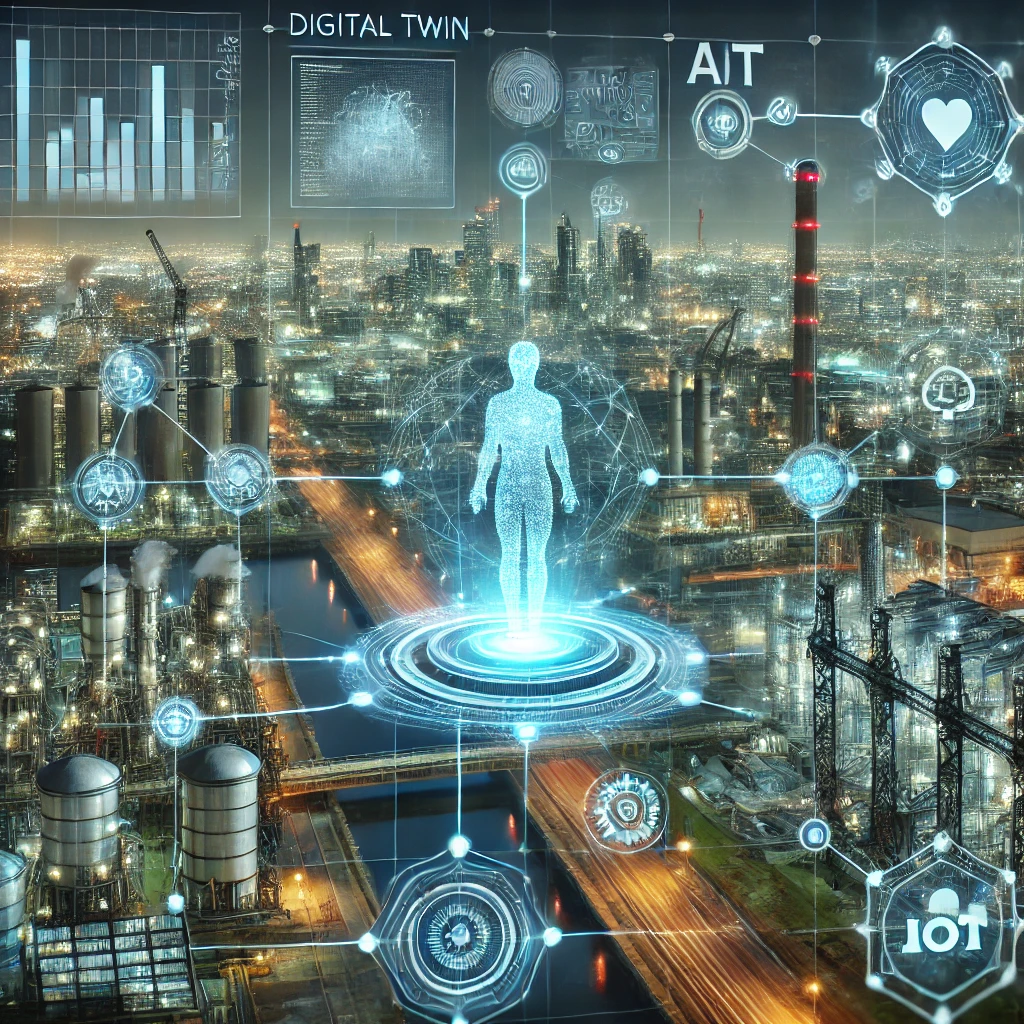

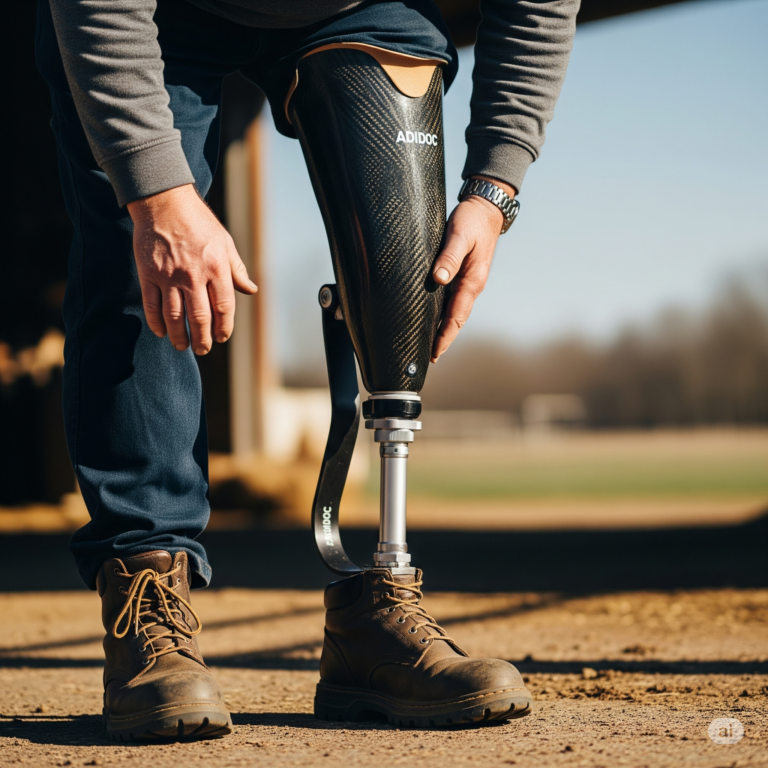
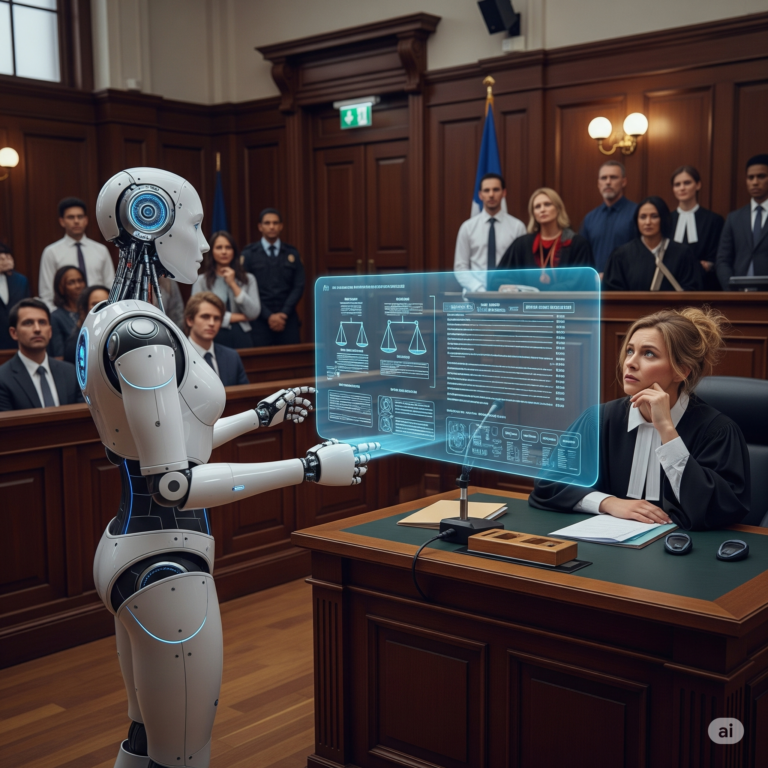

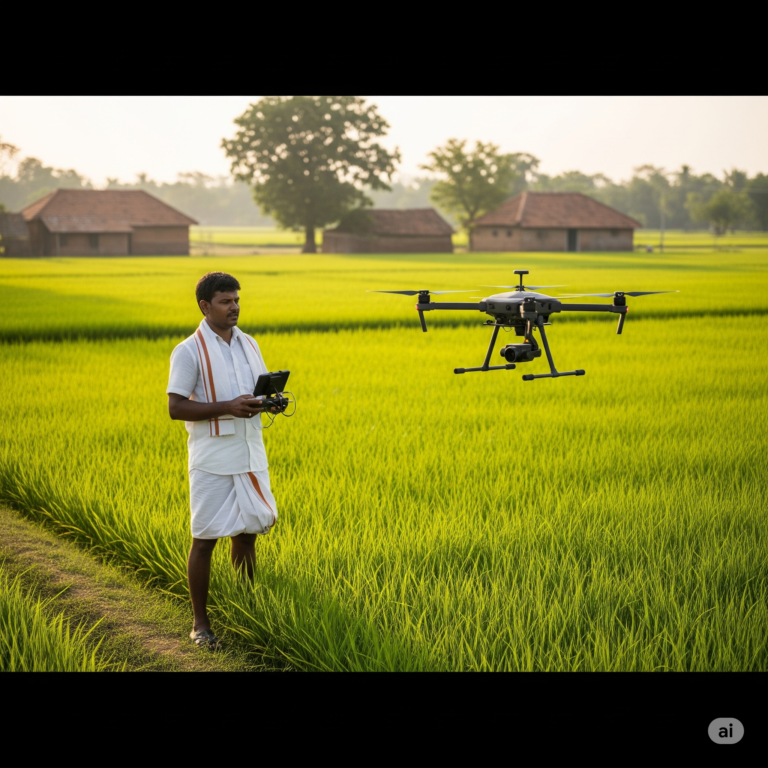
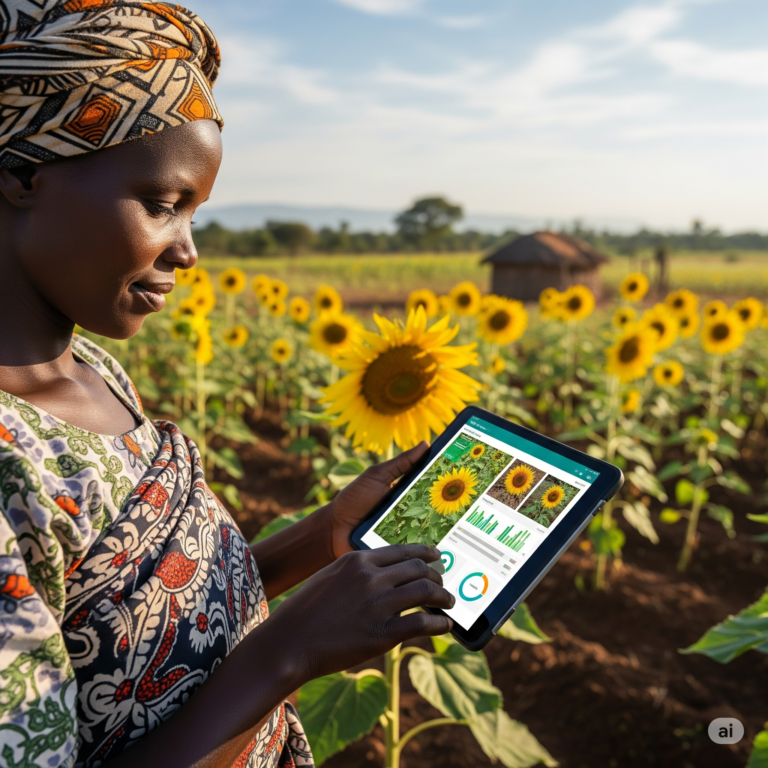

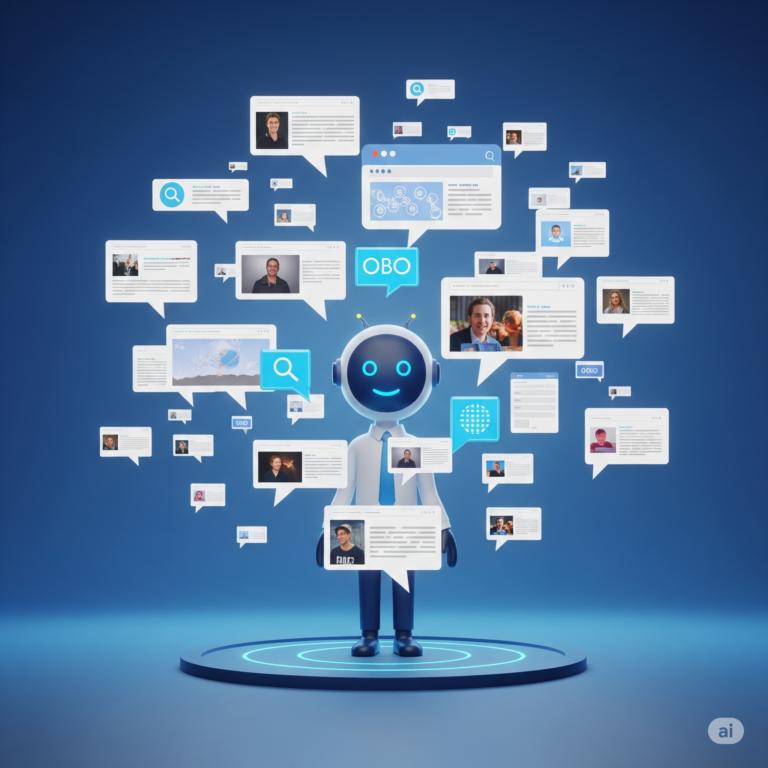
+ There are no comments
Add yours